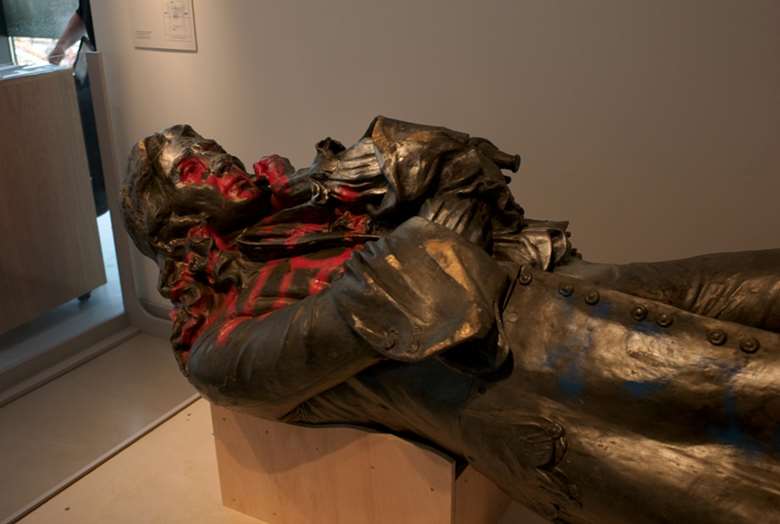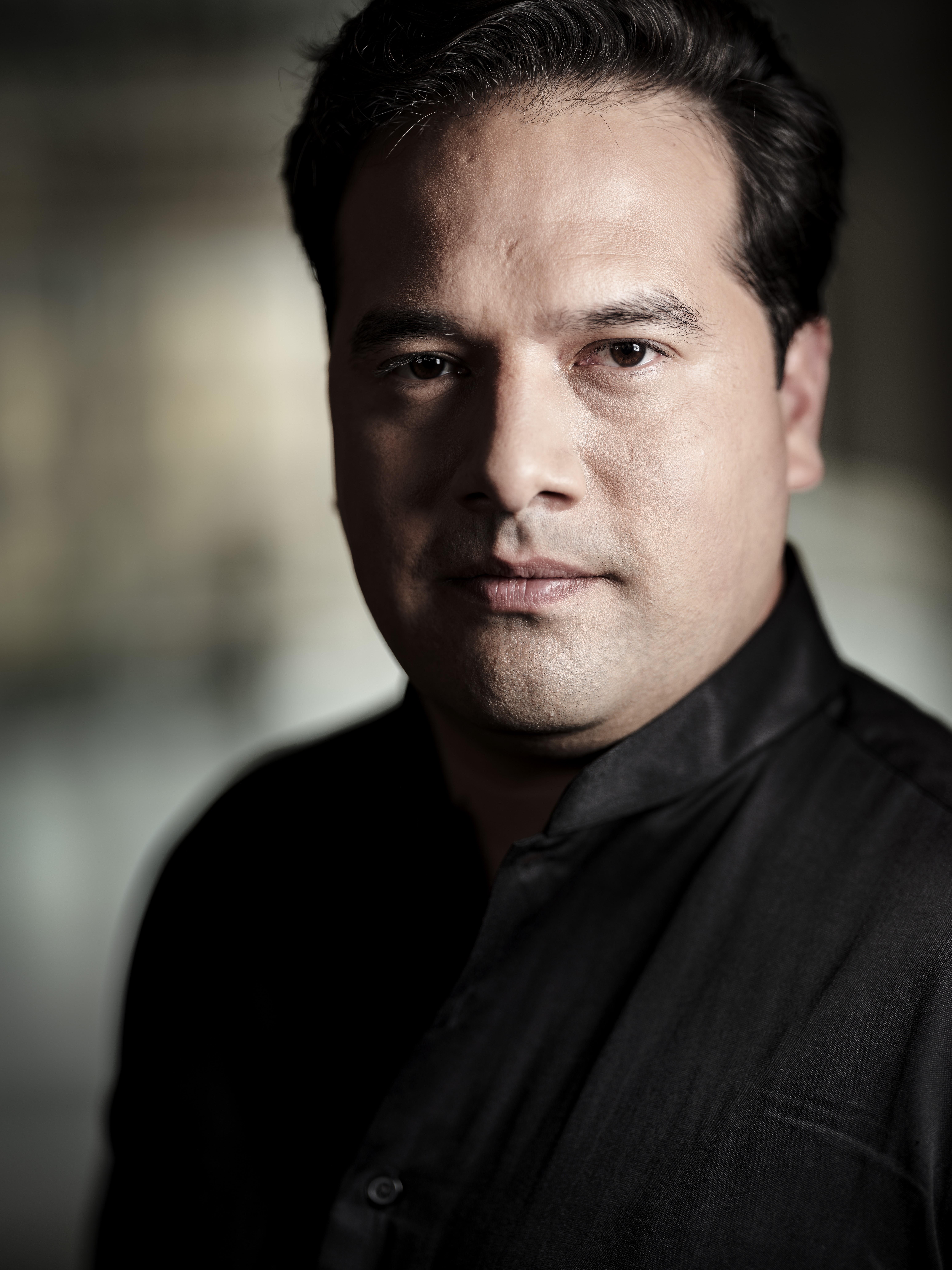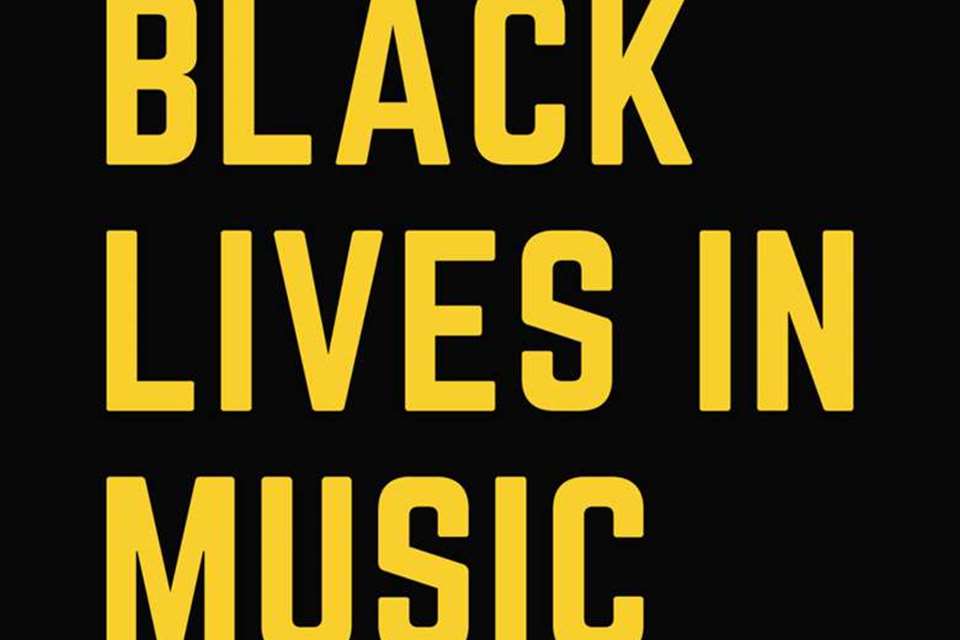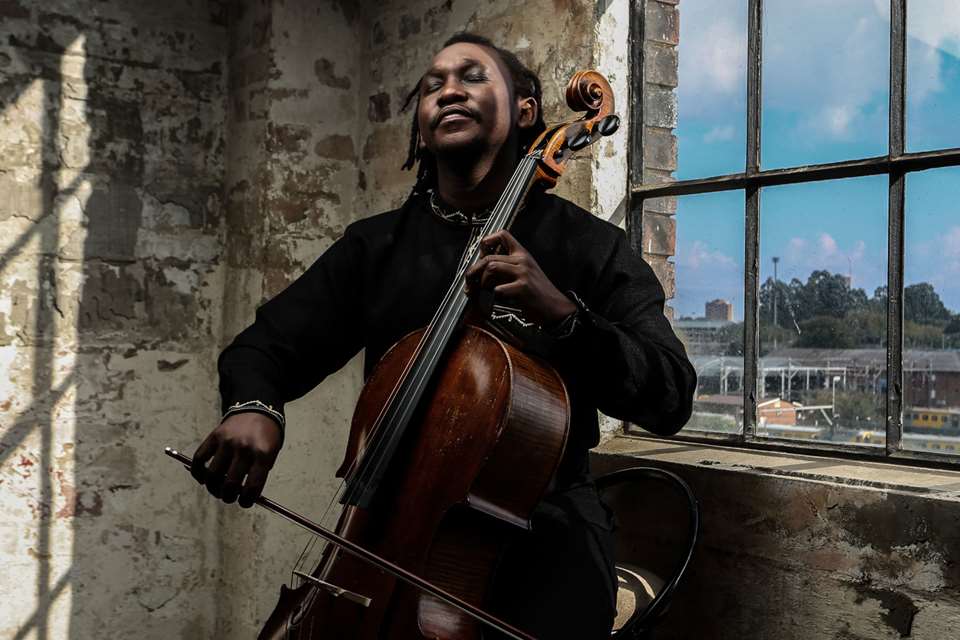Heidi Fardell on Baroque music and the transatlantic slave trade
Heidi Fardell
Friday, May 23, 2025
As we mark the fifth anniversary of the murder of George Floyd and the surge in the Black Lives Matter movement that followed, Heidi Fardell reflects on the legacy of slavery and racism in the UK music industry

What does early music mean to you? For me it isn’t just about a pretty piece of music, it’s the opportunity to tell people’s stories, to discover, to learn from and to talk to our audiences about. I try to bring the sounds of the past to life, to find out why something was written and how it came to be. I learn new things every day – about composers, their life, their circumstances, the instruments they played, where they lived or travelled to, how and why their music was preserved, how they became ‘great’ – the list goes on! I feel a sense of privilege and responsibility when opening this sensory window into the past.
Back in 2020, as the statue of Edward Colston was pulled down by protesters during the Black Lives Matter movement, and as museums and buildings began to look inward at the lasting impact of racism on their own historical collections, I said to myself: music will be no different.

 The plinth where the statue of Edward Colston once stood, now a centre for protest and change © Wikimedia Commons
The plinth where the statue of Edward Colston once stood, now a centre for protest and change © Wikimedia Commons
It was then that I came across research and findings of David Hunter, music librarian at the University of Texas at Austin, focusing on George Friedrich Handel and his involvement with investing in the Royal African company and the SSC (South Sea company). Hunter’s findings are over 10 years old, so naturally I thought everyone already knew, but as I read more and spoke with friends and colleagues both in and out of my musical work, I was struck by how many people didn’t know about this side of the composer – and how many people wanted to open up the conversation.
"Colonial slavery shaped modern Britain and we all still live with its legacies"
Reading Hunter’s research has been eye opening. He writes of London’s elite profiting from the slave trade and how this would have seeped into the musical world (just as it did everything else), benefitting musicians, music teachers, publishers, instrument makers etc. Hunter writes about his discovery of Handel’s investments but also points out the link between Handel and his patron The Duke of Chandos, who was a lead investor in the slave trade.
The transatlantic slave trade was in operation throughout the 16th to the 19th centuries and was one of the most horrific eras in world history. Around 13 million people (some historians suggest more) were kidnapped and trafficked across the Atlantic Ocean to be enslaved, abused, and forever separated from their homes, families, and cultures. The UK Parliament heritage collections department states that ‘by the 1730s Britain was the world’s biggest slave-trading nation and London was the financial heart of the system. The slave trade benefited many parts of British life and its economy’ – and music would have been no different.
 George Frideric Handel by Balthasar Denner ©Wikimedia Commons
George Frideric Handel by Balthasar Denner ©Wikimedia Commons
Handel – genius composer, philanthropist, loved by many, one of the ‘great Baroque’ composers – invested in this brutal practice. Perhaps there are more composers like him, but the evidence is still yet to be uncovered.
"32 per cent of the investors and subscribers (or close family members) to the Royal Academy of Music during its existence 1719-28 also invested in the Royal African Company"
Further research reveals that the survival and preservation of some of the early music we have access to today has, in itself, an interesting and complex history, and the socio-economic factors surrounding the preservation of early music are important too. Take the Messiah for example, Hunter links the preservation of some of Handel’s manuscripts with plantation-owning families and their funds. He also writes about his discovery that ’32 per cent of the investors and subscribers (or close family members) to the Royal Academy of Music during its existence 1719-28 also invested in the Royal African Company’.
There is no question that music at this time benefitted from the profits of the transatlantic slave trade, but I wanted to learn more about my instrument in particular: the recorder. Where did the materials used in instrument making in the 17th and 18th centuries come from? This topic requires more research, but we don’t have to look very far to see the preserved recorders (and many other instruments) in various collections containing ivory for example. In my correspondence with Hunter I learn about his Galpin Society Autumn 2024 article, he writes: ‘Boxwood, typically thought to have been sourced from southern Europe and the near east, may have been imported from the Caribbean, particularly as that type closely resembles European boxwood, though comprising different species. Pear wood was frequently stained black in order to create a cheaper, imitation (or fake, as some might call it) ebony. The technique was widely known across Europe. Ebony, like other precious hardwoods, was harvested in Africa using slave labour, and transported to the coasts for shipment to London and elsewhere.’
And those harmed to make music during this period of history were not limited to the human species. When I asked instrument makers for their expert knowledge and insight, Eric Haas from Von Huene and flute maker Eddie Cipullo pointed me to a sobering article by Harvey M. Feinberg and Marion Johnson: The West African Ivory Trade during the Eighteenth Century: The ‘...and Ivory’ Complex: ‘…Of the period under consideration (roughly 1706 to 1720) not less than 12,298 elephants died or were killed by the ivory hunters… not less than 4,000 elephants a year must have died to supply English imports… the fact remains that a minimum of five million English pounds of ivory left West Africa between 1699 and 1725… the wealth earned by those involved in this trade must have been substantial.’




 A relief by József Róna on the National Bank of Hungarydepicting the Ivory Trade ©Wikimedia Commons
A relief by József Róna on the National Bank of Hungarydepicting the Ivory Trade ©Wikimedia Commons
The profits made from the transatlantic slave trade deeply affected 18th century England and this continues today. The Centre for the Study of the Legacies of British Slavery at UCL states on its website that: ‘Colonial slavery shaped modern Britain and we all still live with its legacies. The slave-owners were one very important means by which the fruits of slavery were transmitted to metropolitan Britain. We believe that research and analysis of this group are key to understanding the extent and the limits of slavery's role in shaping British history and leaving lasting legacies that reach into the present.’
"Ebony was harvested in Africa using slave labour, and transported to the coasts for shipment to London and elsewhere"
While undertaking this research I quickly realised that the connection between the profits of the slave trade supporting the very existence of some of the Baroque music and the instruments I’d been learning and performing all these years, had been missing in my education in early music. Reading Hunter’s research and books such as Black England by Gretchen Gerzina, Nate Holder’s If I were a racist, African Europeans: An Untold History by Olivette Otele, David Olusoga’s Black and British and Hilary Beckles’ Britain's Black Debt are all helpful places to start. As a music educator and historical performer, I wanted at the very least share this with my students, with audiences, friends and colleagues.
There has been great work in the early music community to open up this conversation already, for example Spitalfields Music commissioned Roderick Williams’ The Blacke Songs, exploring the stories of Lucy Baynham, Reasonable Blackman and John Blanke. Great strides have been made in championing the music of Ignatius Sancho, Jospeh Bologne Chevalier de St Georges and Lusitano and also the work of other marginalised groups in early music. Additionally, the early music landscape of female composers looks so different today than it did 20 years ago. Hopefully, progress is being made.

My intention is not to tell people what they should play or listen to, but to encourage open conversation and meaningful discussion – warts and all – amongst our colleagues and with our audiences. I’m always interested in asking questions and poking around in history, and like I say, I’m always learning – isn’t that one of the most incredible things about early music? We can’t change the past, but we can talk about it and be open about it. We have a responsibility to the past.

Heidi Fardell (pictured right ©Emma Spellman-Oojamaflick) is a freelance musician working as a performer, educator and writer. Specialising in the recorder and Baroque flute, Heidi performs with various early music ensembles across the UK and is a regular guest on the BBC Radio 4 show Add to Playlist.



